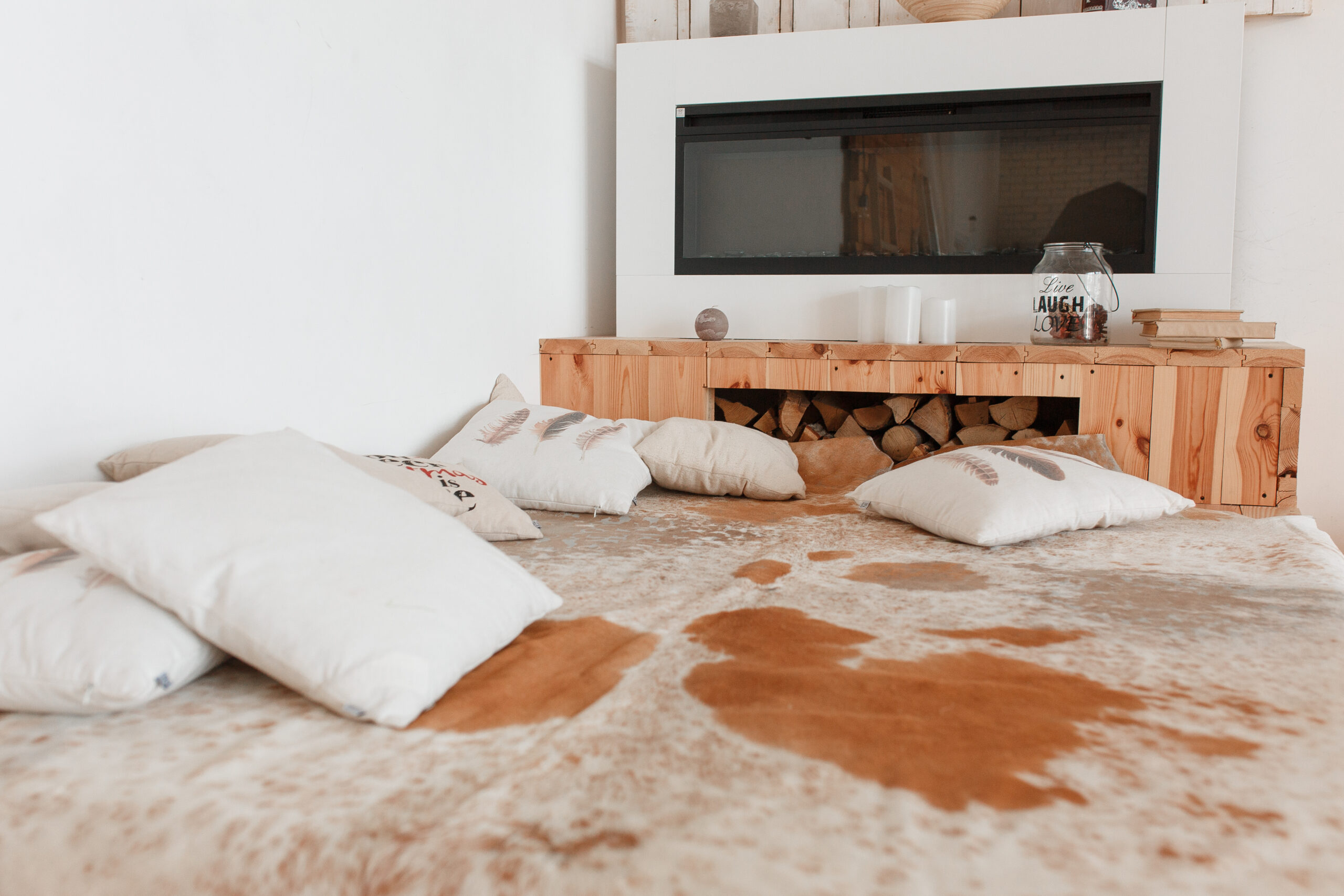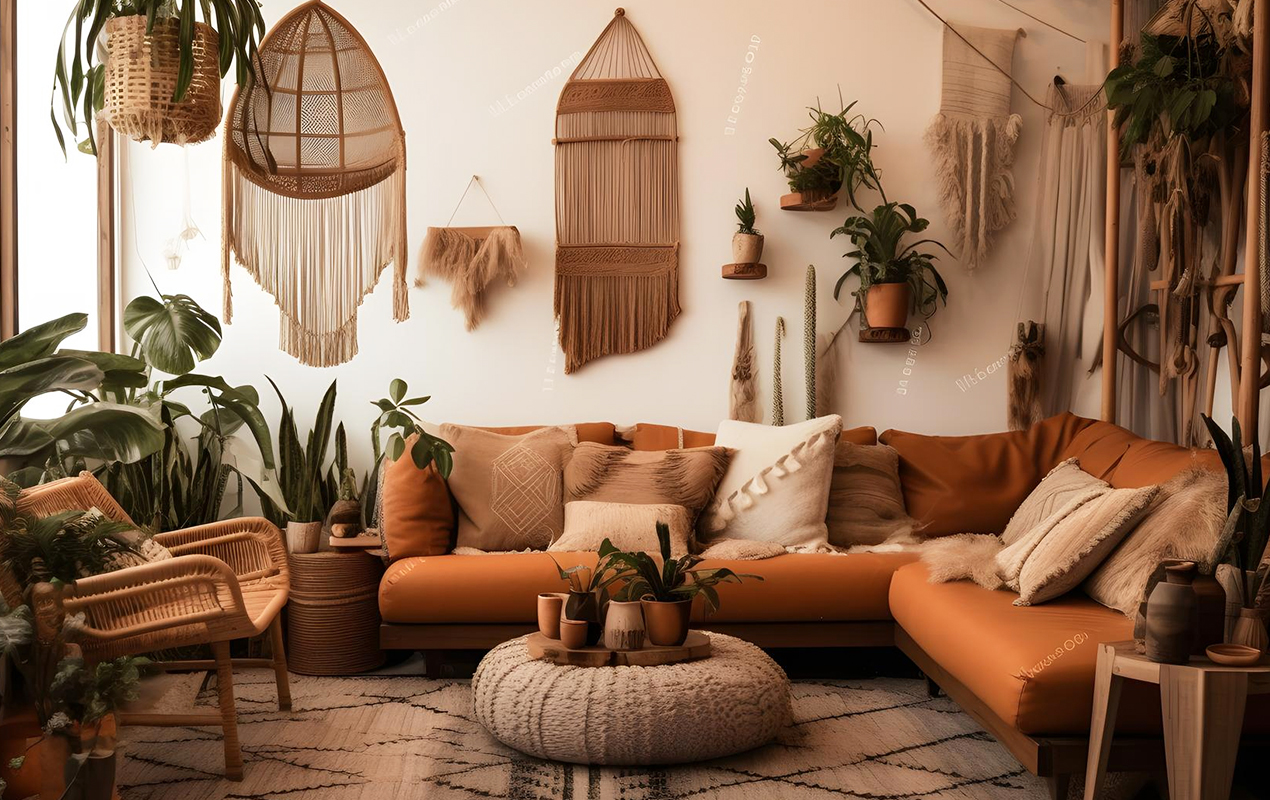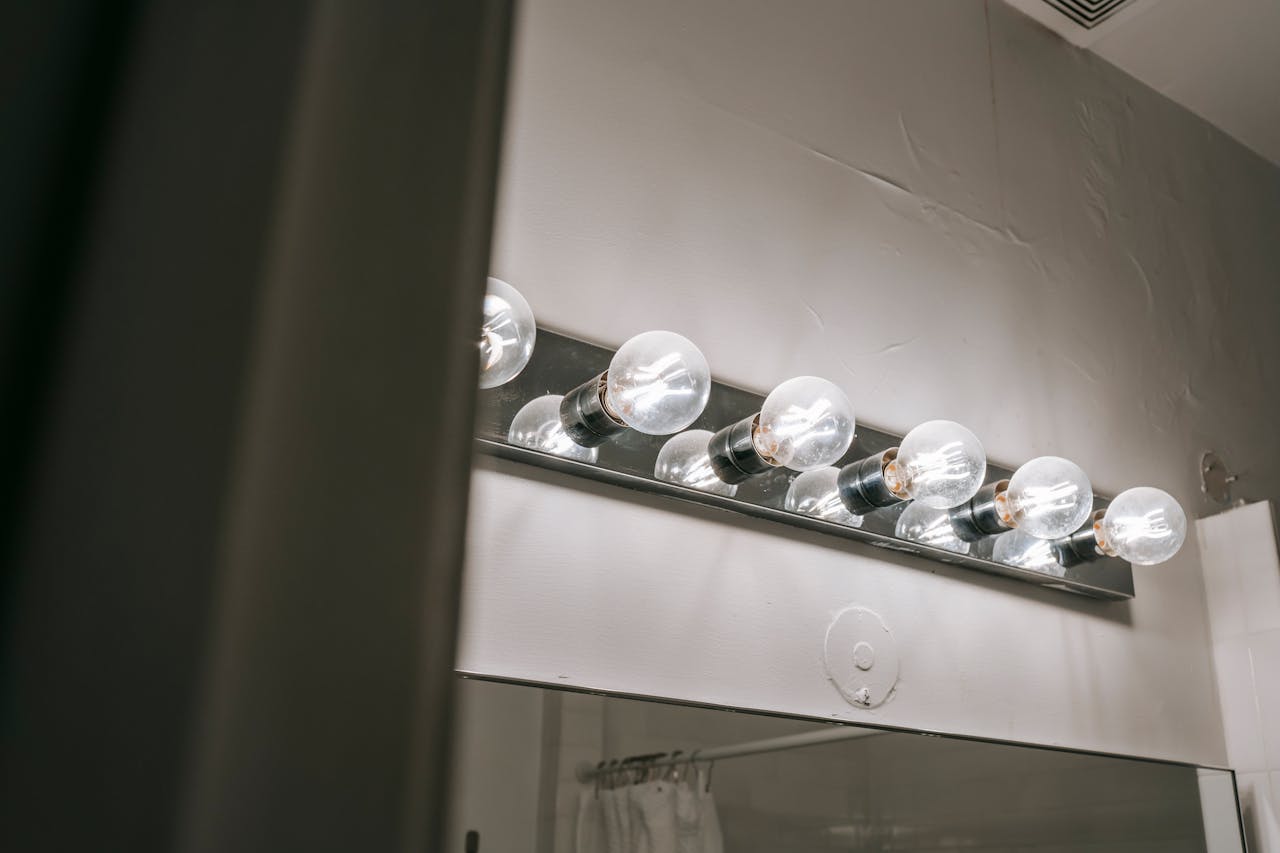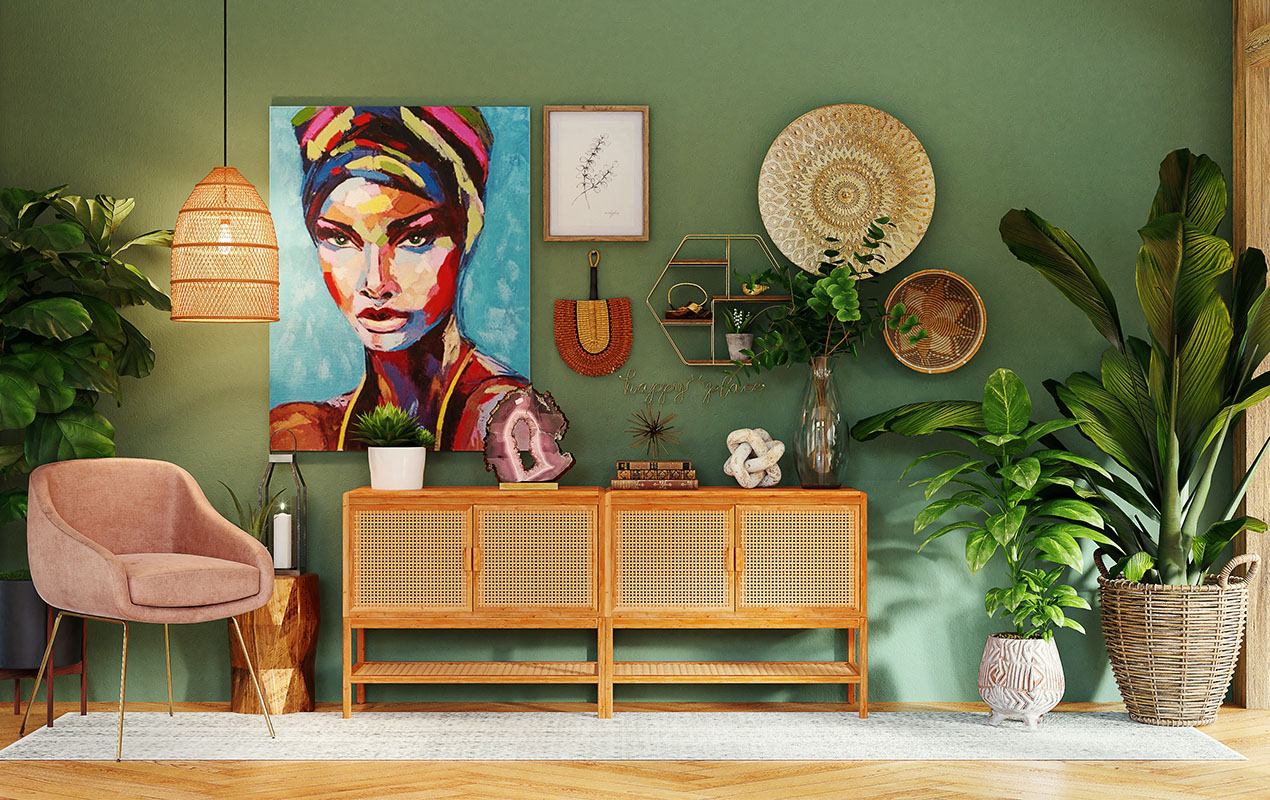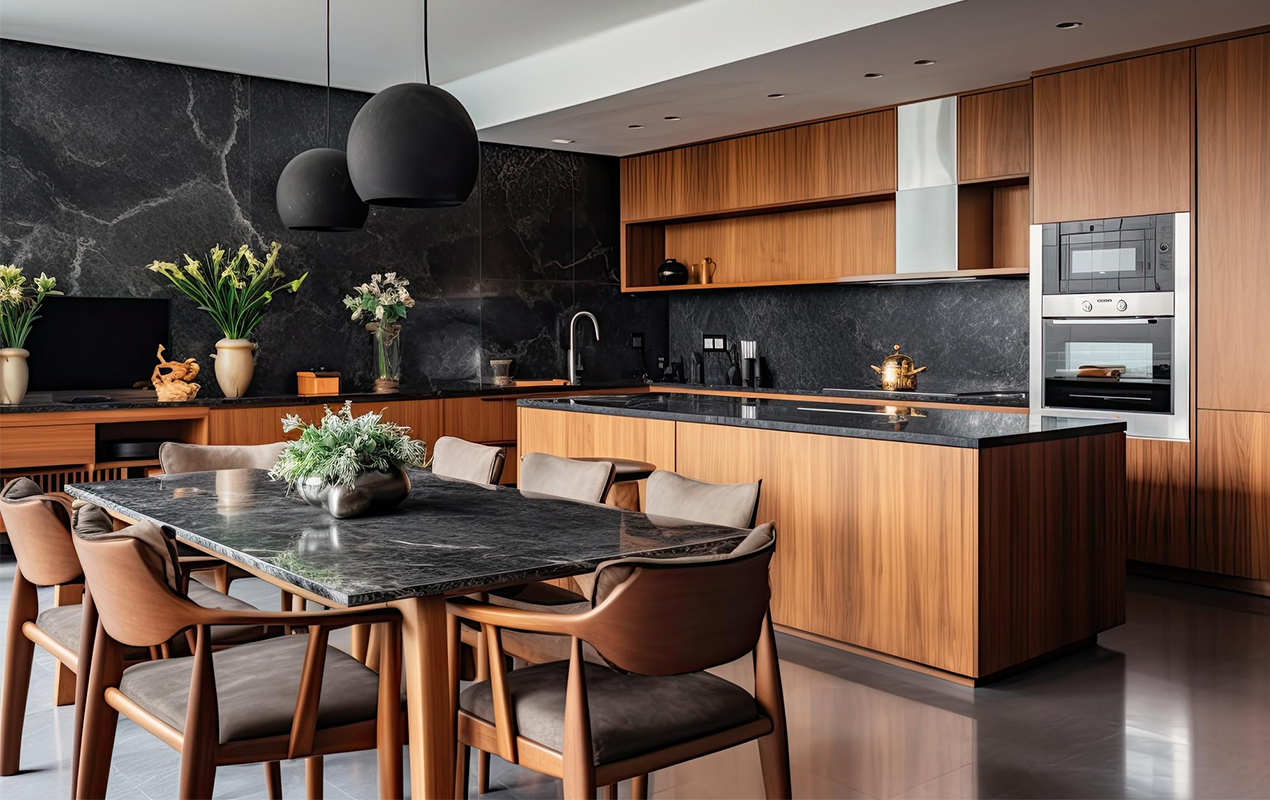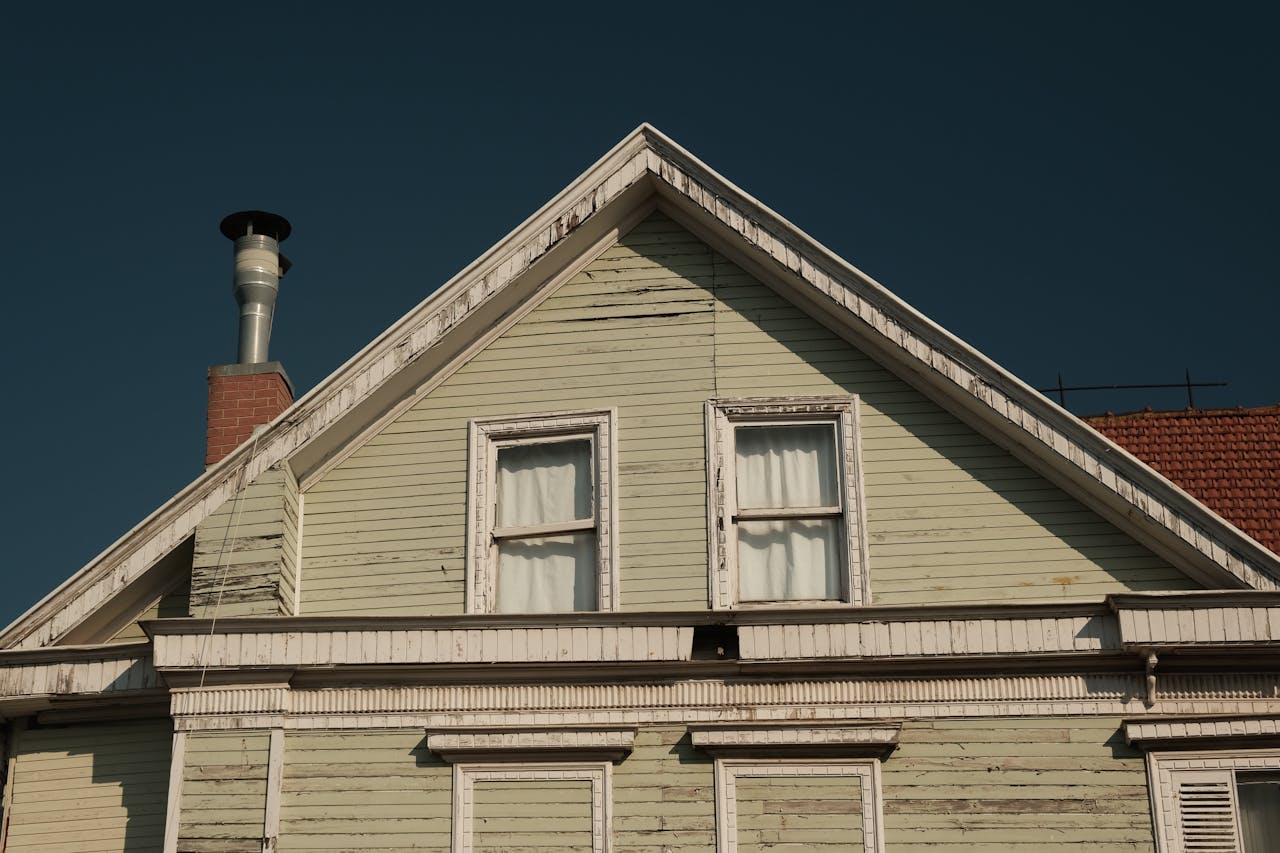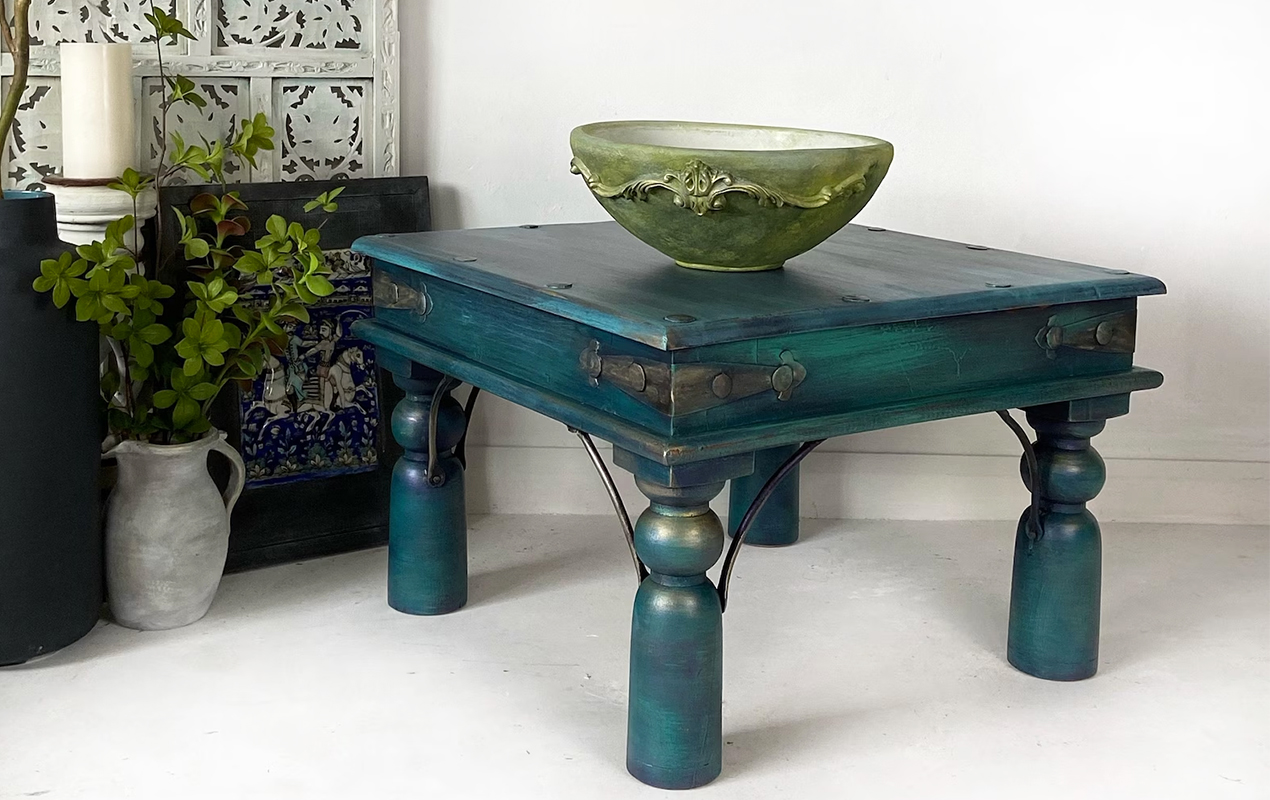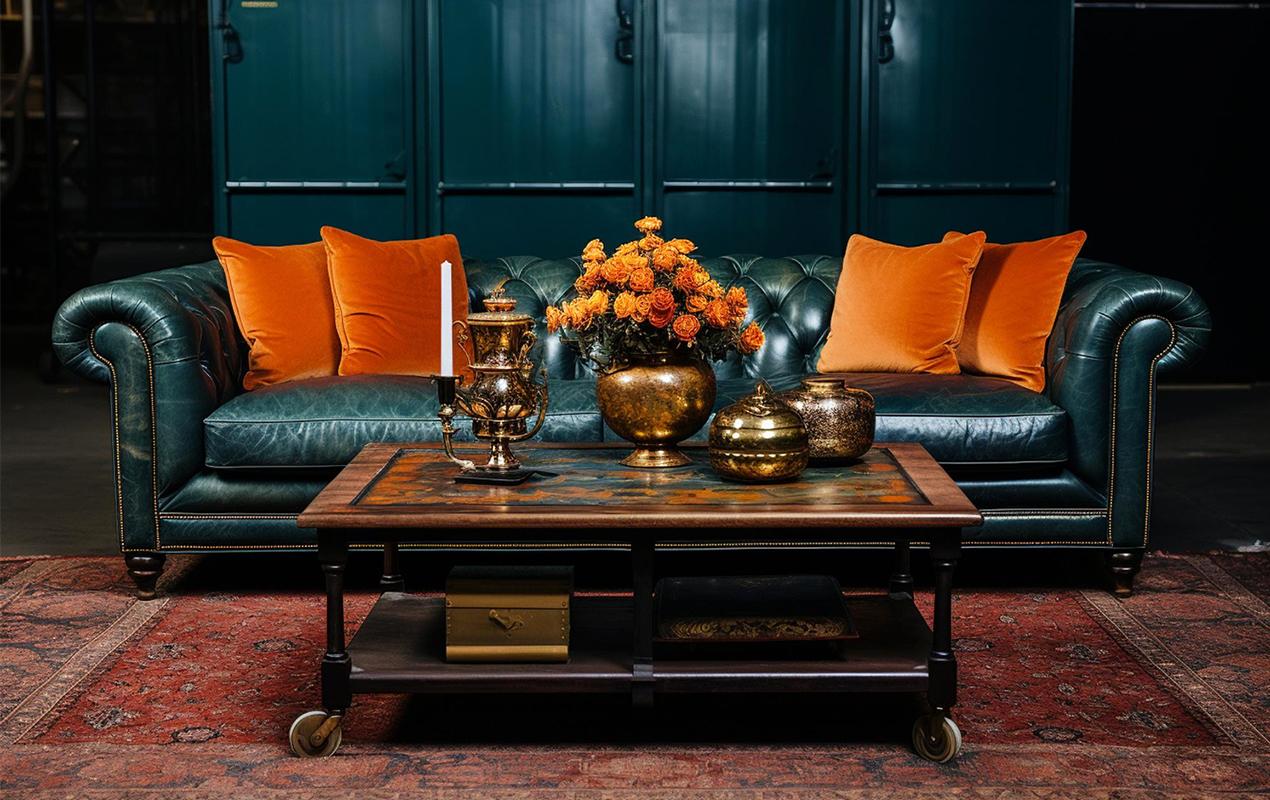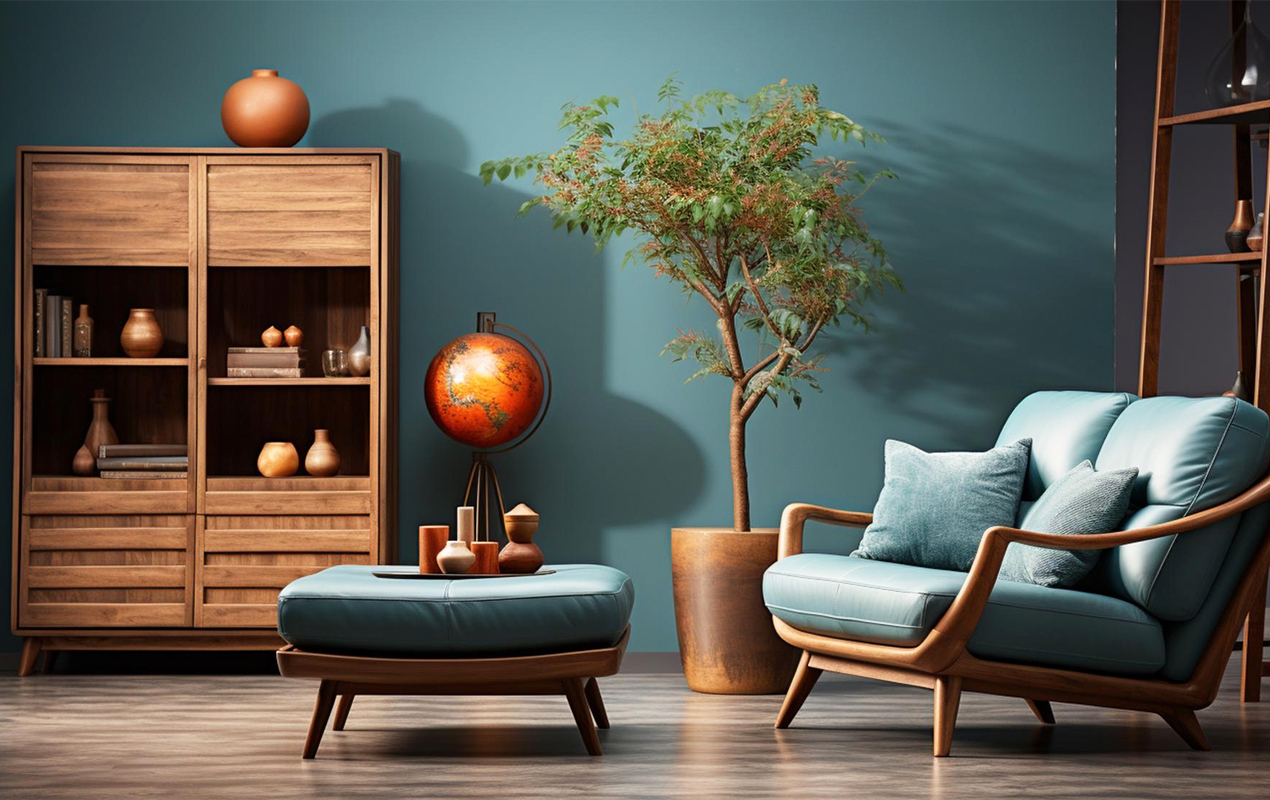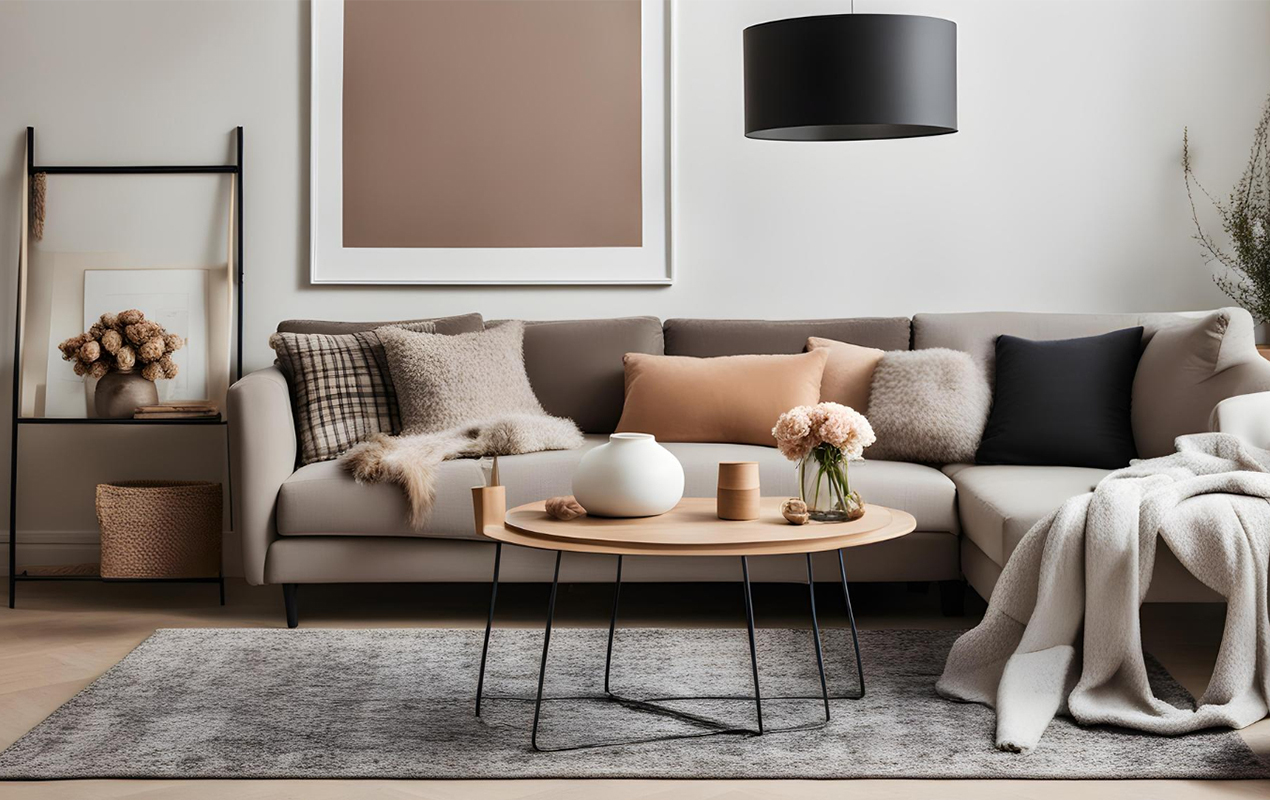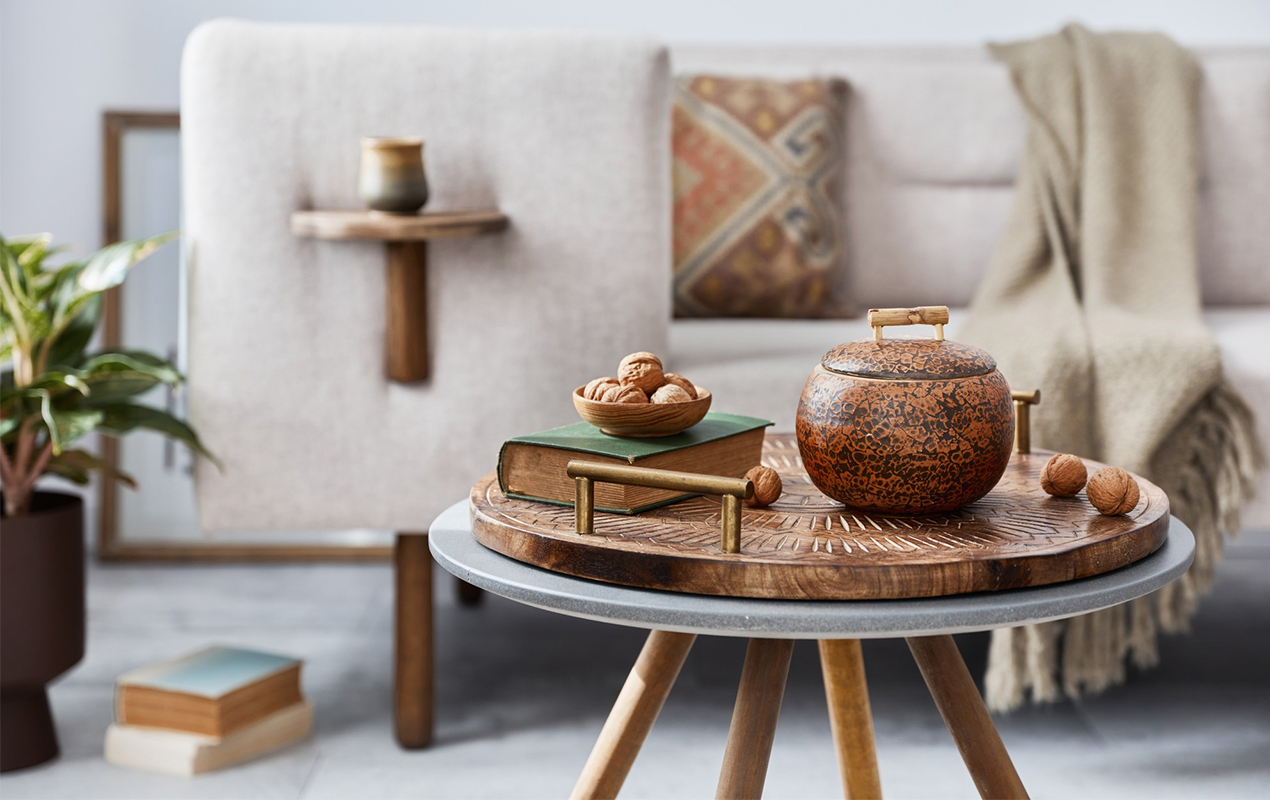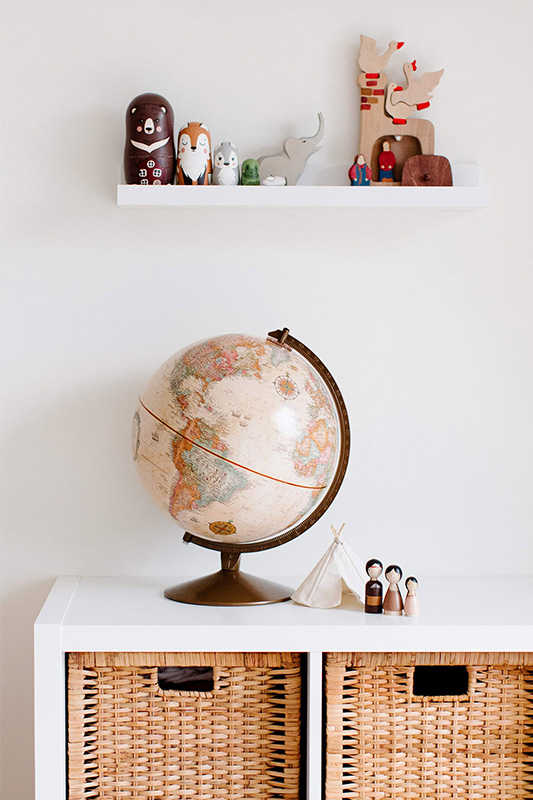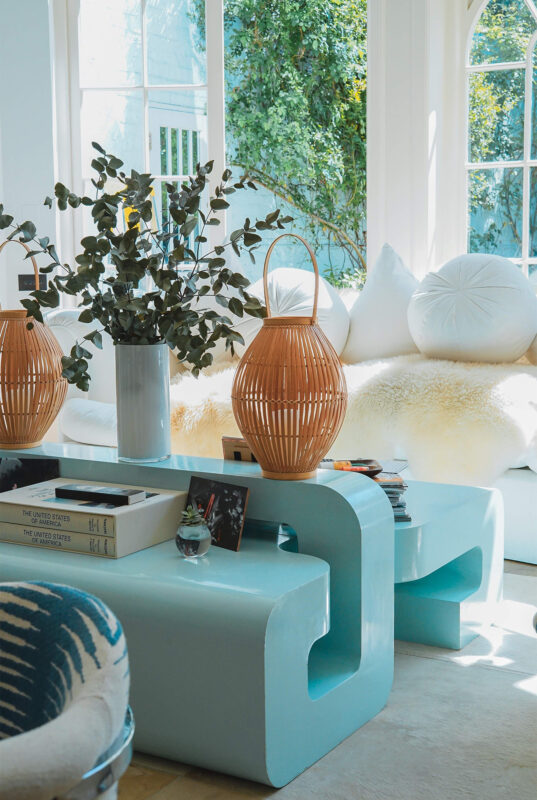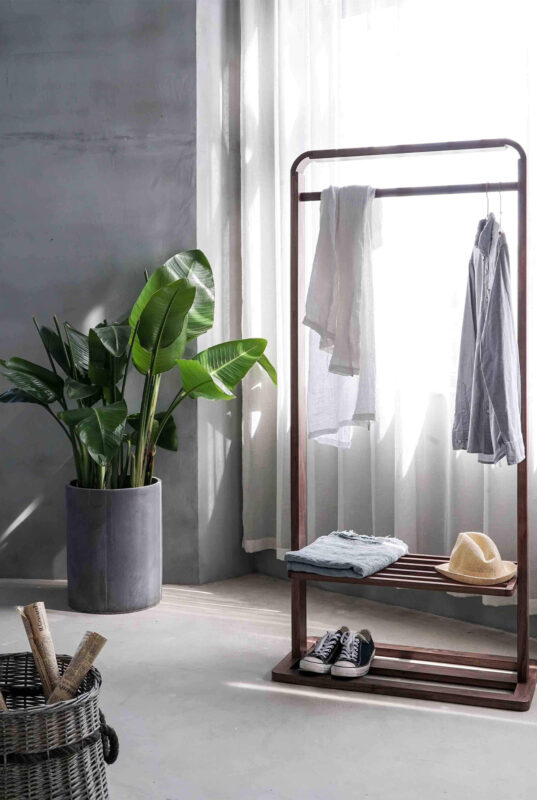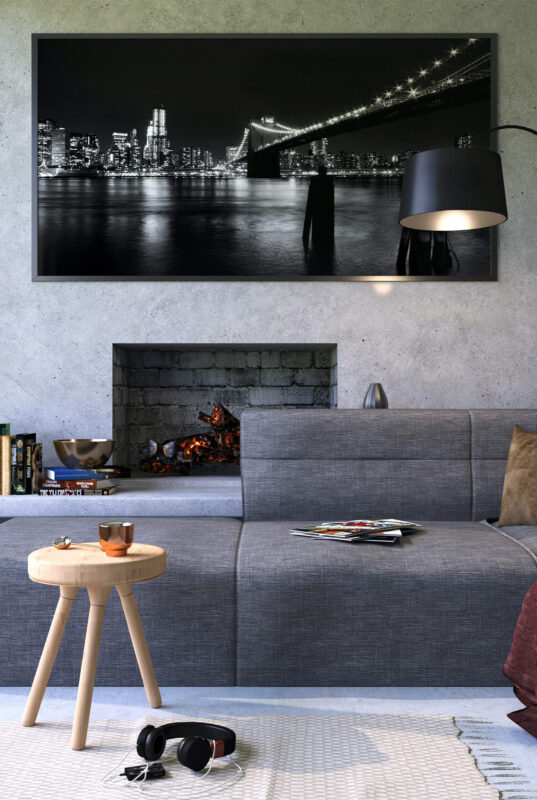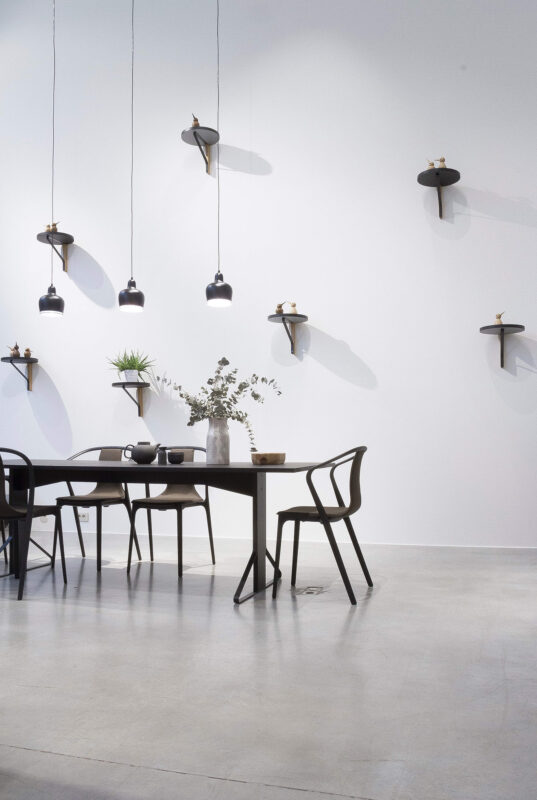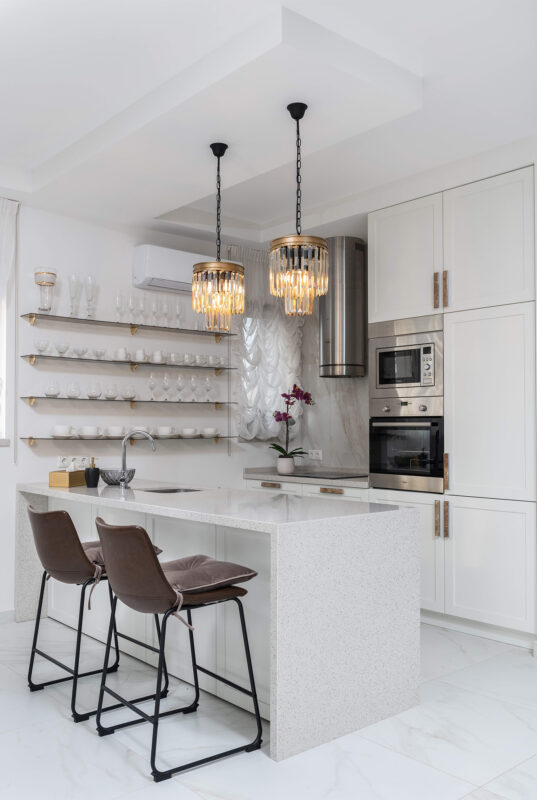Blog
Cleaning Leather vs. Faux Leather Coffee Tables: How-to Guide
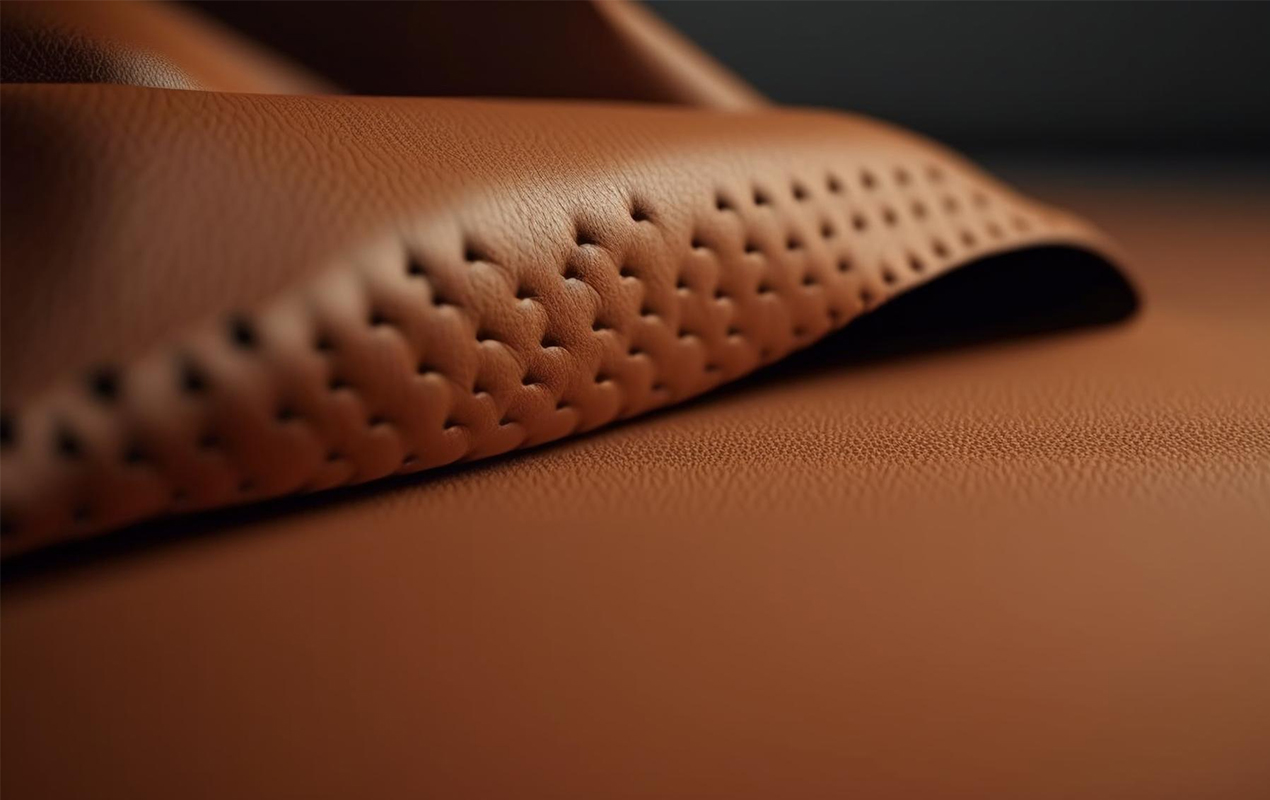
DISCLAIMER: The images in this post are for informational purposes to illustrate potential possibilities, recognizing that individual tastes vary. We aim to capture your wants and needs, expanding on each style where possible to offer a range of available options from reputable designers and affiliated brands. This selection process considers a variety of factors to ensure we cater to the diverse preferences of our readers.
Do you have a leather coffee table that’s starting to look a bit shabby? Worry not, my friend! With simple maintenance, you can keep that leather looking immaculate into the distant future. Cleaning and conditioning leather furniture can seem daunting, but it’s not that complicated if you have the right products at your fingertips and know the right techniques. Whether you’ve got a genuine leather or faux leather coffee table, we’re here to share with you the best ways to clean, condition, and protect your prized possession. Let’s dive in and learn how to keep your table looking as luxurious as the day you first laid eyes on it.
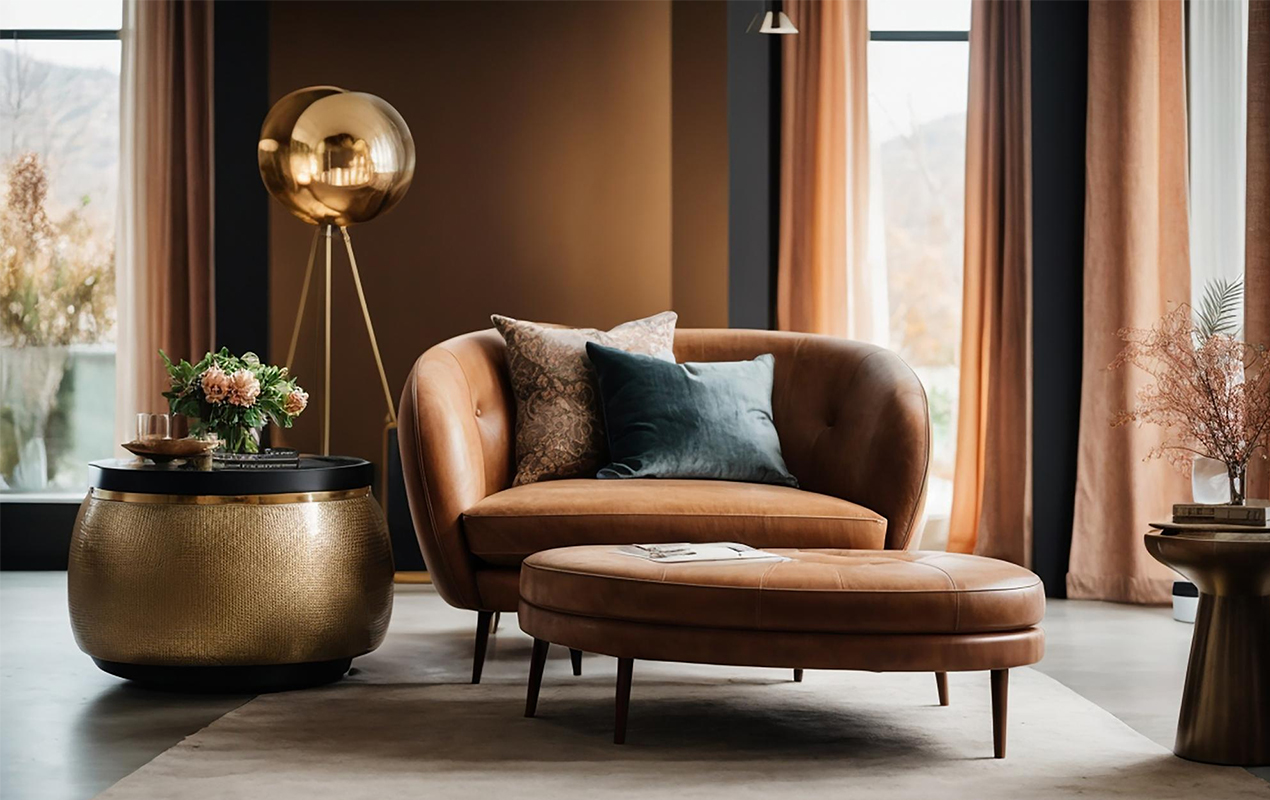
Photo by Freelancernahida from Freepik
How to Clean a Leather Coffee Table: Materials Needed
For leather, you’ll need:
- Soft, damp cloth
- Lukewarm water
- Mild dish soap or leather cleaner
- Soft-bristled brush
- Leather conditioner
For faux leather, use:
- Microfiber cloth
- Rubbing alcohol (70% concentration)
- Water
- Nontoxic cleaner like vinegar or dish soap
To clean leather:
- Remove loose debris with a brush. Wipe away dirt and crumbs with a damp cloth.
- Make a cleaning solution of water and dish soap or leather cleaner. Apply with a damp cloth and wipe in circles.
- Rinse with a clean, wet cloth to remove remaining residue. Pat dry with a towel.
- Apply leather conditioner with a soft cloth to hydrate the material and bring back a natural sheen.
For faux leather, clean as follows:
- Wipe down with a microfiber cloth to remove dust.
- Mix one part rubbing alcohol to one part water. Apply the solution with a damp cloth—blotting, not rubbing.
- Rinse by blotting with a clean, wet cloth. Pat dry with a towel.
- For stubborn stains, make a paste of water and white vinegar. Apply and let sit before wiping clean with a damp cloth.
- Air out. Avoid harsh chemicals that can damage faux leather. Spot-test any products in a discreet area first.
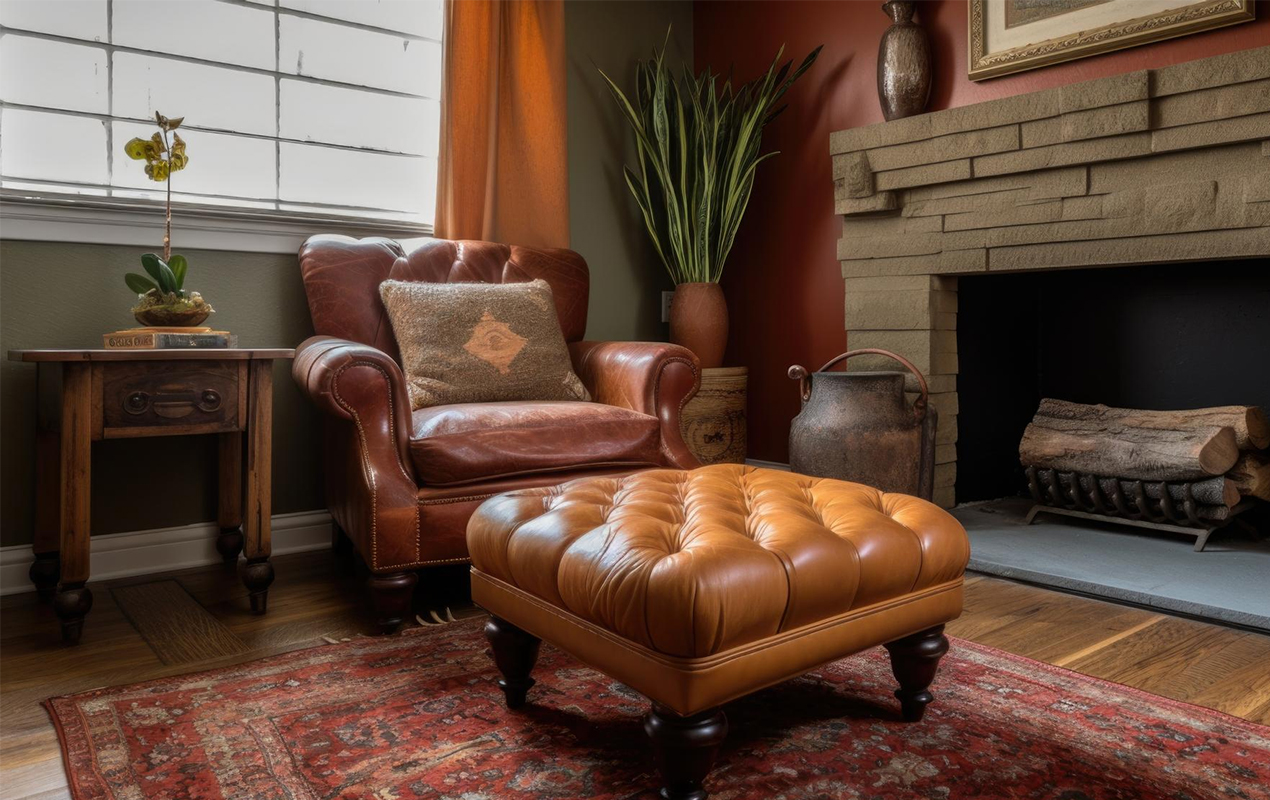
Photo by Biancoblue from Freepik
Insight – Rotate regularly. If possible, rotate the position of your leather coffee table every few months to ensure even wear and prevent uneven fading.
Conditioning
Condition your leather coffee table every three to six months to keep the material supple and prevent cracking. Use a high-quality leather conditioner or boot cream, or a natural oil like coconut, jojoba, or sweet almond. Apply with a soft cloth, rubbing in small circles. Let it soak in for a few hours or overnight, and then buff off any excess with a clean cloth.
Read More: 19 Durable and Long-Lasting Leather Coffee Table Design Ideas
While faux leather does not absorb conditioning oils like real leather, it can still benefit from occasional conditioning to restore suppleness and sheen. Use a commercial leather conditioner or furniture polish and follow the directions. Wipe away excess conditioner with a soft cloth after it soaks in. Conditioning two to three times a year is typically sufficient for faux leather.
Dust Regularly
Faux leather attracts dust, so frequently wipe down your coffee table with a soft, dry cloth to remove surface dirt and debris. Use a vacuum with low suction and brush attachment for stuck-on dust or crumbs. Make dusting a part of your regular cleaning routine to prevent buildup.
Avoid Harsh Chemicals
Do not use harsh chemicals, abrasive cleaners, or strong detergents on faux leather. These can damage the finish and cause discoloration or cracking. Stick to gentle, pH-neutral cleaners specifically for use on faux leather or upholstery. Test any new cleaning product in an inconspicuous area first to check for colorfastness and texture changes before using it on the entire tabletop.
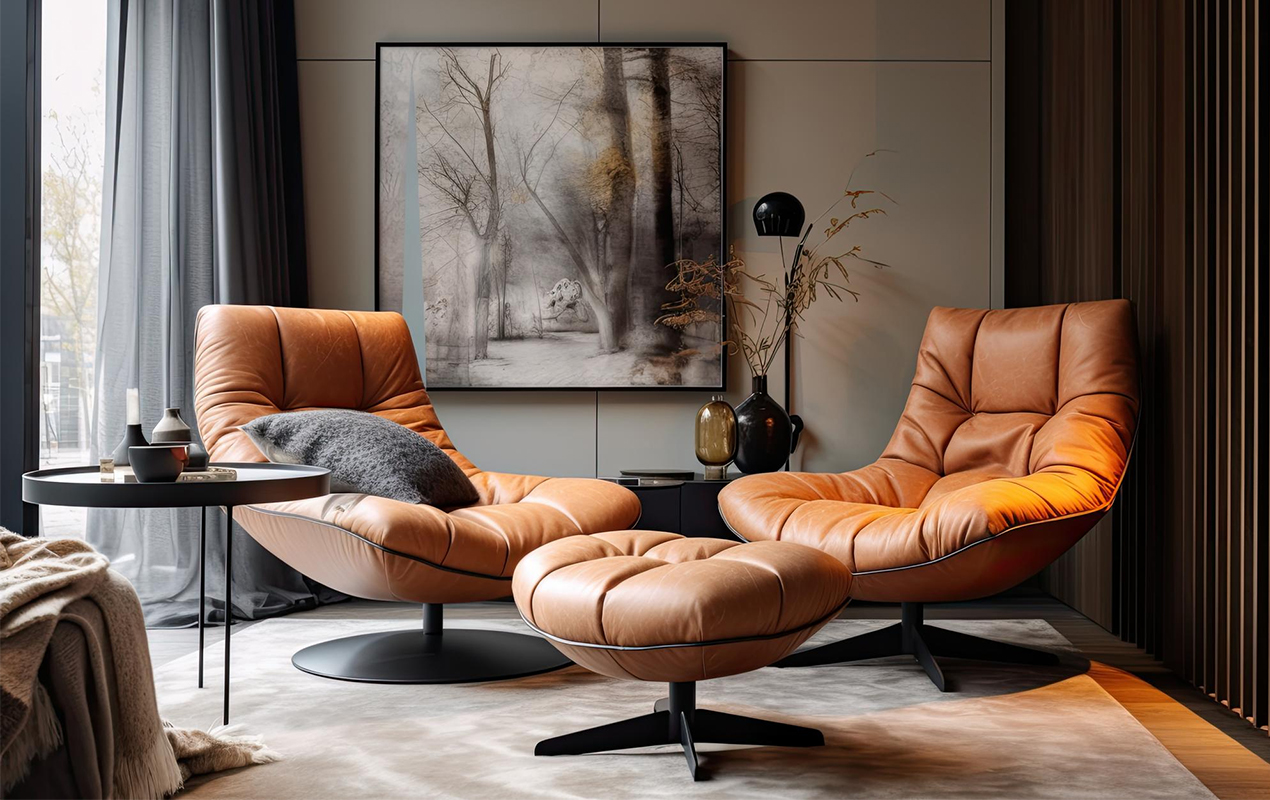
Photo by User27955914 from Freepik
How to Clean a Leather Coffee Table: Stains & Advised Treatments
Taking good care of your leather coffee table is crucial to preserve its beauty. In the case of stains, it’s important to act fast and apply the right treatment. Below, you’ll find a list of common stains and how to effectively treat them.
Water Stains
Watermarks and rings can damage the finish and discolor the leather. Gently blot with a clean, damp cloth to absorb as much excess liquid as possible. Let air dry away from direct heat. For dried stains, try using a leather conditioner or rubbing alcohol on a soft cloth to buff out the mark. Avoid harsh chemicals that can further damage the leather.
Food and Drink Spills
When accidents happen, take immediate action to prevent lasting damage. If you spill something on your table, act quickly! Gently blot with a clean, wet rag to lift the excess. Then, use a damp cloth to wipe the entire surface of the table. This is crucial to prevent water rings from forming as it dries. Ensure it air dries completely. For sticky spills like juice or syrup, you may need to re-dampen the area and use a soft-bristled brush to loosen the residue before blotting it out.
Ink or Dye Transfer
Leather stains caused by ink, dye, or other materials can be quite stubborn. However, you can effectively remove them by using rubbing alcohol or a commercial leather deglazer and a soft cloth. For tougher stains, you may need to reapply the solution a few times or use a cotton swab dipped in deglazer or alcohol to focus on stubborn areas.
Burn Damage
Place a trivet or protective pad under hot items like coffee mugs, candles, or laptops. Burns or heat marks in leather are permanent but can sometimes be minimized. Apply a leather conditioner or coconut oil and buff thoroughly to help blend in the mark. For severe damage, you may need to consider patching or refinishing the area.
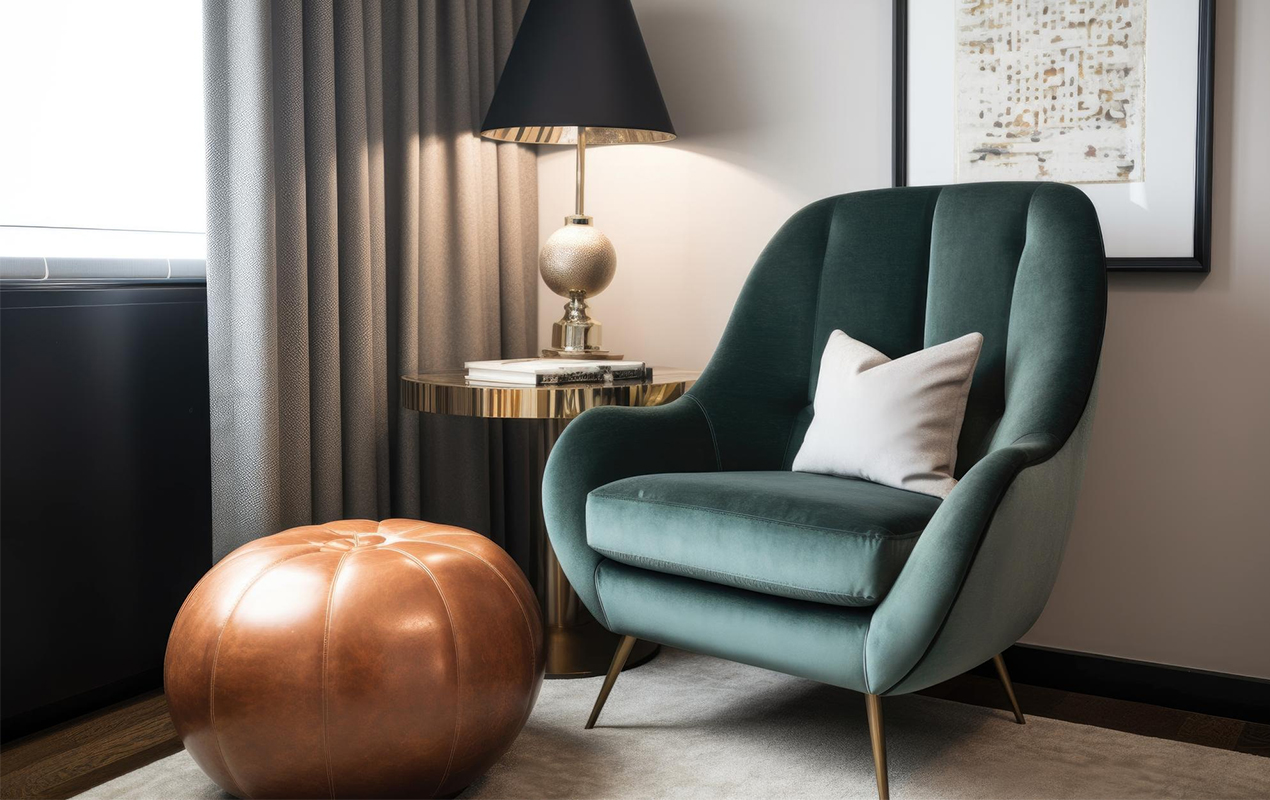
Photo by Studioworkstock from Freepik
Insight – Keep your leather coffee table away from direct sunlight to prevent the finish from fading. Make sure to use curtains, blinds, or shades on windows near the table to avoid the damaging effects of the sun.
How to Clean a Leather Coffee Table: Long-Term Care
If you want your coffee table to stay in optimal condition, adhere to these essential care and maintenance tips:
Protect from Heat
It is crucial to use protective padding like felt pads, coasters, or placemats under objects that may scratch or dent the leather. Remember to keep the table out of direct sunlight or heat at all times as prolonged exposure can cause fading, drying, and cracking of the leather over time. It is imperative that you take these precautions seriously to maintain the quality and longevity of your leather table.
Repair Scratches
To fix minor surface scratches on your leather, don’t hesitate to use a leather touch-up dye or filler that closely matches your leather color. Apply it with a small paintbrush or cloth, let it dry, and then buff the area to blend in perfectly. However, if you’re dealing with deeper scratches or tears, it’s best to have the damage repaired by a professional leather expert. Don’t take any chances with your precious leather items!
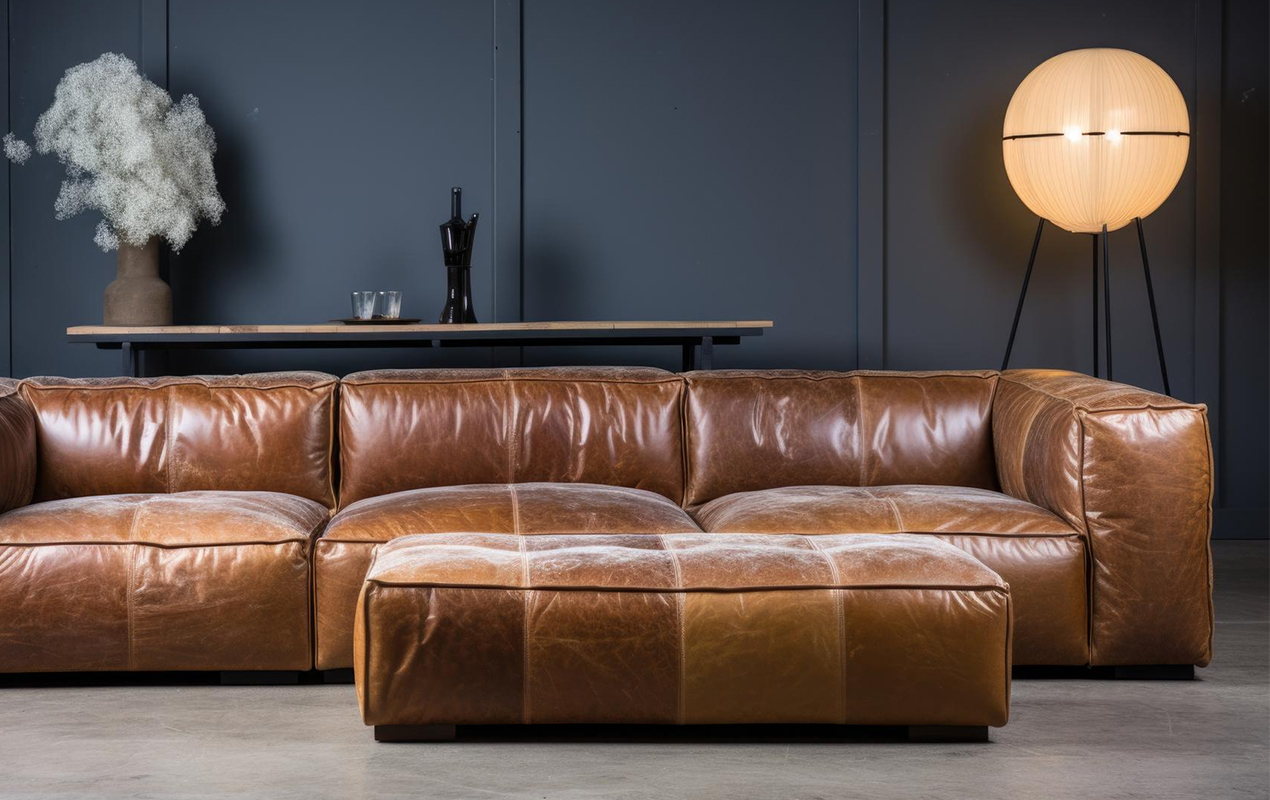
Photo by Starush from Freepik
Insight – Applying leather lotion to your coffee table once a month is recommended to keep the leather supple and protected. Remember to opt for a lotion that is specifically made for leather.
When to Call a Professional for Leather Furniture Cleaning
Don’t attempt complicated DIY repairs on high-quality leather furniture. Trust the experts to handle damage control. Professional cleaners and repair technicians have the proper training, tools, and techniques to restore your leather pieces’ beauty and function. If you notice any signs of damage, don’t hesitate to call in expert help. It’s the best way to ensure your furniture is properly repaired and restored.
Discoloration
If areas of your leather couch, chair, or table have become faded, dull, or stained from spills, UV exposure, or other damage, a pro can often restore the color and finish. They have specialized tools and treatments to re-dye and refinish leather, bringing it back to like-new condition.
Tears or Punctures
For small tears, holes, or punctures in leather, a professional can repair the damage in a way that’s nearly invisible. They will clean, seal, and re-dye the area, then fill in and patch the puncture to conform with the surrounding material. Larger rips or gashes also may be salvageable with expert repair and patching techniques but would be subject to inspection first.
Mold or Water Damage
Call a professional if your leather furniture has been exposed to excess moisture that caused mold, mildew, or water damage. They can fully dry out the leather, treat any mold, and then recondition the leather to restore its appearance and suppleness. They may need to dismantle furniture parts for severe water damage to allow for proper drying and repair.
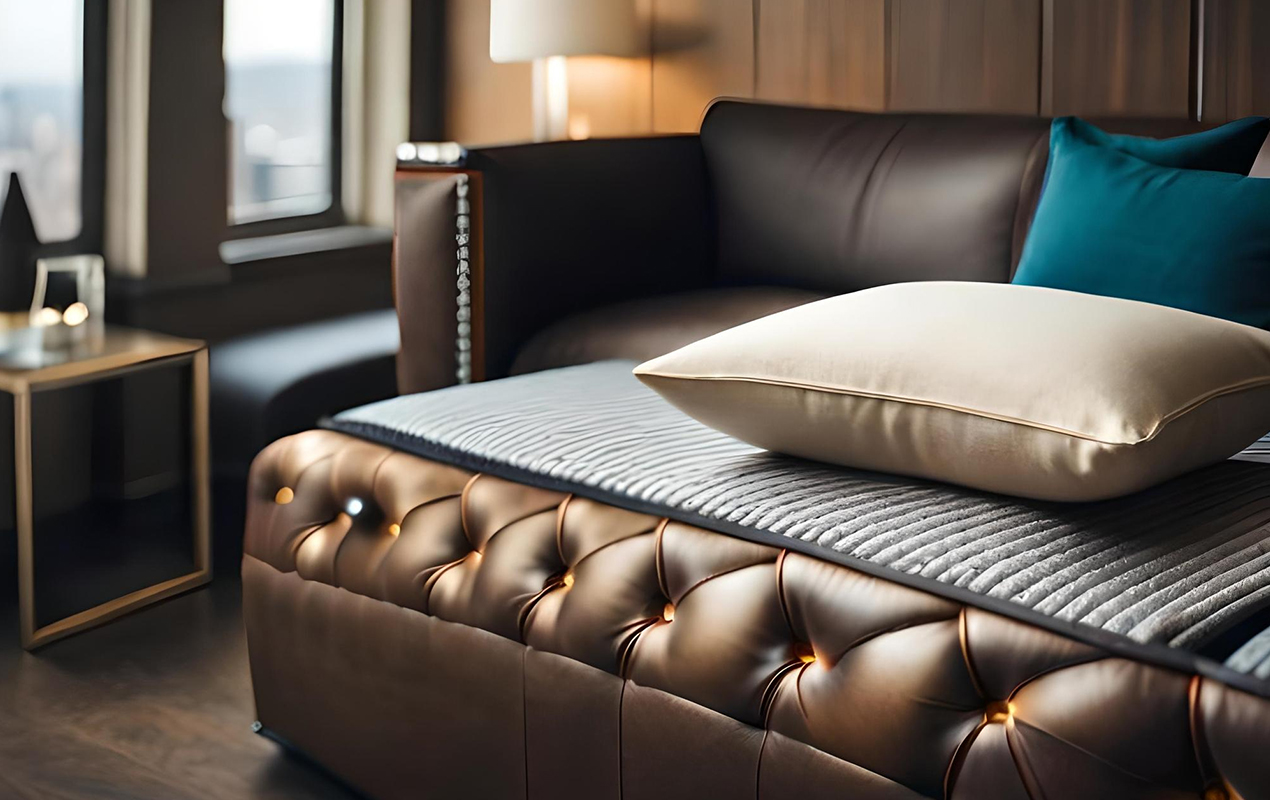
Photo by Imrandk from Freepik
Insight – It’s essential to keep pets off the table to prevent potential damage caused by their claws and teeth. Leather, in particular, is susceptible to wear and tear over time, and allowing pets on the table will accelerate this process.
Final Thoughts
It’s handy to know how to clean a leather coffee table and faux alternatives to keep whichever you have in premium condition. Real leather requires special care and conditioning to maintain its appearance, while faux leather is relatively less demanding. Make sure to regularly clean and protect your coffee table to prevent scratches, stains, or cracks, and remember to wipe up spills immediately. By adopting a little preventative care, you can preserve the surface of your table. Now, sit back, relax, and indulge in the cleanliness of your coffee table—you deserve it!

